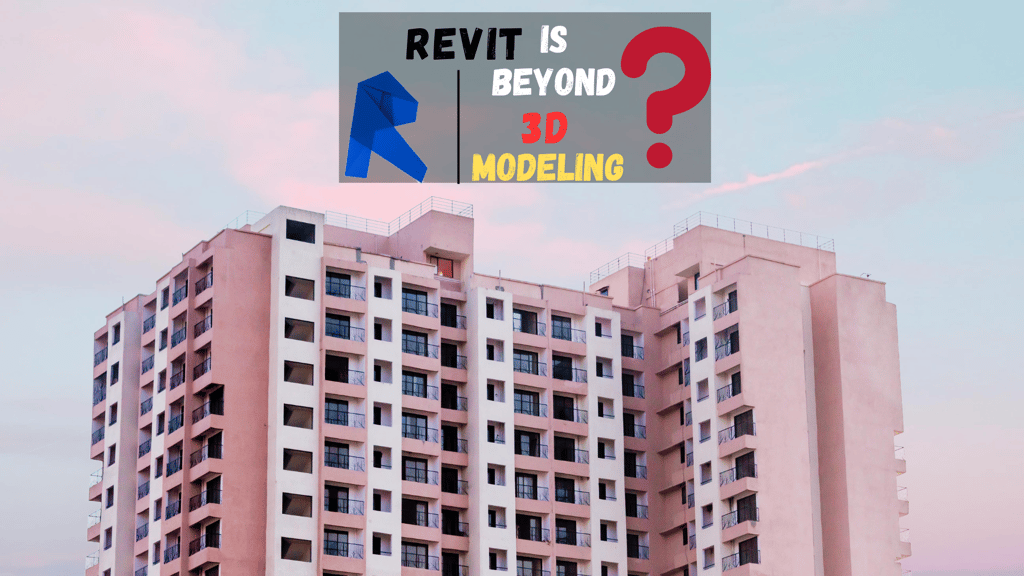What are the benefits of using Revit in the construction industry?
REVIT


Autodesk's Revit is considered a powerful tool for the construction sector. Indeed, it includes numerous benefits for construction, such as: Here are some of the key benefits:
Integrated designs and documents:
Revit simplifies the integration of designs and documents during construction projects by providing a centralized location for all plans. This allows architects, engineers, and other stakeholders to collaborate on projects seamlessly. Any modifications made to the model are immediately updated in all drawings, plans, and documentation, ensuring that there are no discrepancies throughout the process. As a result, the final product is more reliable and accurate.
Parametric Modeling:
Revit's parametric feature provides makers with the ability to create smart and responsive 3D models that can adapt to changes. This feature allows designers to incorporate various building elements such as shapes, textures, and operational parameters, enabling users to visualize the effects of altering configurations in real-time. Despite the high level of complexity involved, this tool allows architects and designers to create detailed and customizable models with ease.
Improved communication:
Revit provides a platform for improved communication and collaboration between multidisciplinary teams by allowing architects, engineers, and MEP contractors to work on the same project plan together. Even on complex projects, where long-term construction systems may clash, clash detection tools can help identify these conflicts early on, minimizing the need for rework and congestion later on.
Visualization and design:
Revit is a software that helps to create realistic renderings, walkthroughs, and 3D models. This helps clients and stakeholders to better understand the project. Additionally, Revit has tools that allow designers to analyze buildings' performance, such as energy consumption, lighting, heating and cooling. This results in more efficient structures that save on operating and maintenance expenses.
Automated Documentation: Revit automates the generation of construction documentation, including floor plans, elevations, sections, and schedules. Changes made to the model are automatically updated in all related documentation, reducing manual errors and ensuring that documentation remains up-to-date throughout the project lifecycle.
Quantity Takeoff and Cost Estimation:
Revit simplifies material quantity takeoff and cost estimation by providing tools to extract and schedule material quantities directly from the model, enabling project stakeholders to make informed decisions about materials, budgets, and construction timelines.
Collaboration and Interoperability:
Revit offers cloud-based collaboration tools that enable project stakeholders to work together in real time, no matter where they are located. It also supports interoperability with other Autodesk software and industry-standard formats like IFC (Industry Foundation Classes), making it easy to exchange data between different software platforms. This enhances collaboration and facilitates seamless communication between team members.
Regulatory Compliance:
Revit is a software that helps architects and engineers create building designs that comply with local building codes and standards. With Revit, all the necessary information required for permitting and regulatory approvals is included in the design documentation, making the approval process more efficient and reducing the risk of non-compliance.
Revit is a robust BIM software that provides comprehensive design and documentation features, parametric modeling, improved coordination, advanced visualization and simulation, automated documentation, quantity takeoff and cost estimation, collaboration and interoperability, and regulatory compliance. Construction professionals can take advantage of these capabilities to enhance project outcomes, optimize efficiency, and deliver top-notch buildings that comply with regulatory standards and meet client requirements.
